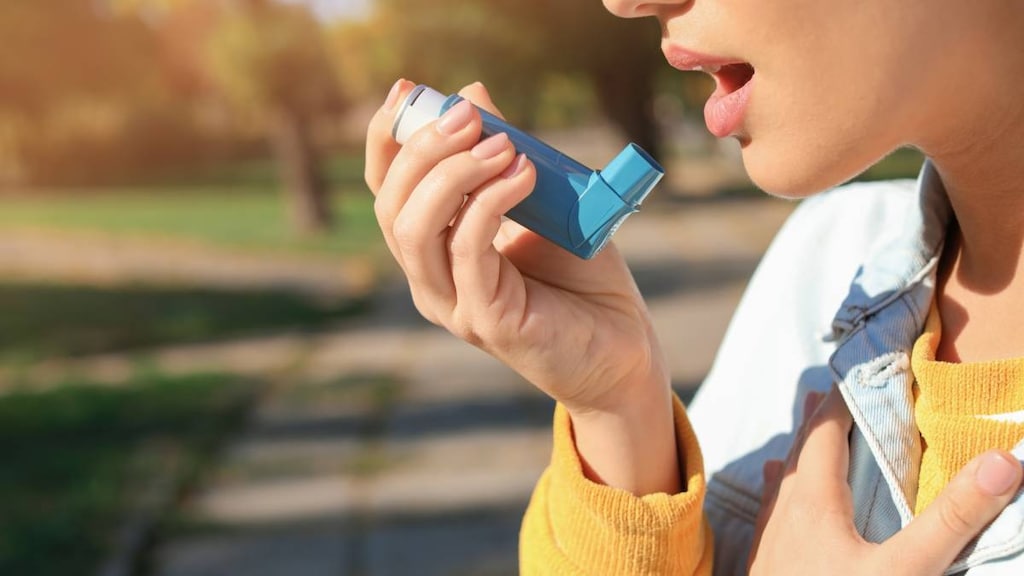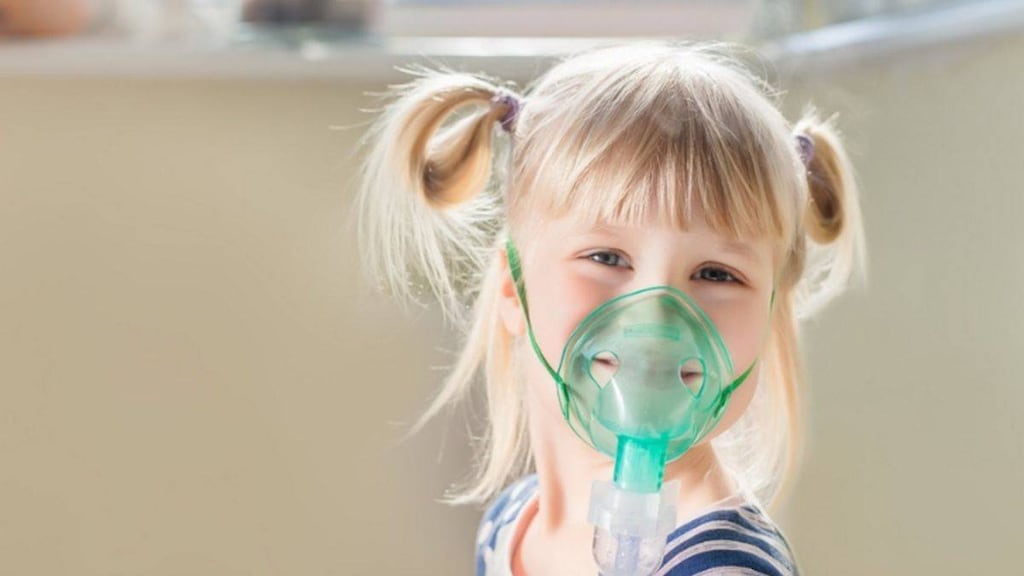What is Xolair?
Xolair is an injectable prescription medicine used to treat:
- moderate to severe persistent asthma in people 6 years of age and older whose asthma symptoms are not controlled with their current asthma medicines. Xolair helps prevent severe asthma attacks (exacerbations). A skin or blood test is performed to see if you have allergies to year-round allergens.
- nasal polyps in people 18 years of age and older when medicines to treat nasal polyps called nasal corticosteroids have not worked well enough. It is not known if Xolair is safe and effective in people with nasal polyps under 18 years of age.
- chronic idiopathic urticaria (CIU, chronic hives without a known cause) in people 12 years of age and older who continue to have hives that are not controlled with their current CIU medicines.
Xolair is not used to treat other allergic conditions, other forms of hives, or sudden breathing problems.
What is the most important information I should know about Xolair?
Xolair may cause serious side effects, including:
Severe allergic reaction. A severe allergic reaction called anaphylaxis can happen when you receive Xolair. The reaction can occur after the first dose, or after many doses. It may also occur right after a Xolair injection or days later. Anaphylaxis is a life-threatening condition and can lead to death. Go to the nearest emergency room right away if you have any of these symptoms of an allergic reaction:
- wheezing, shortness of breath, cough, chest tightness, or trouble breathing
- low blood pressure, dizziness, fainting, rapid or weak heartbeat, anxiety, or feeling of "impending doom"
- flushing, itching, hives, or feeling warm
- swelling of the throat or tongue, throat tightness, hoarse voice, or trouble swallowing
Your healthcare provider will monitor you closely for symptoms of an allergic reaction while you are receiving Xolair and for a period of time after your injection. Your healthcare provider should talk to you about getting medical treatment if you have symptoms of an allergic reaction after leaving the healthcare provider's office or treatment center.
Who should not use Xolair?
Do not take Xolair if you:
- are allergic to omalizumab or any of the ingredients. See the end of this Medication Guide for a complete list of ingredients in Xolair.
What should I tell my healthcare provider before using Xolair?
Before receiving Xolair, tell your healthcare provider about all of your medical conditions, including if you:
- have a latex allergy or any other allergies (such as food allergy or seasonal allergies). The needle cap on the Xolair prefilled syringe may contain latex.
- have sudden breathing problems (bronchospasm)
- have ever had a severe allergic reaction called anaphylaxis
- have or have had a parasitic infection
- have or have had cancer
- are pregnant or plan to become pregnant. It is not known if Xolair may harm your unborn baby.
- are breastfeeding or plan to breastfeed. It is not known if Xolair passes into your breast milk. Talk with your healthcare provider about the best way to feed your baby while you receive Xolair.
Tell your healthcare provider about all the medicines you take, including prescription and over-the-counter medicines, vitamins, or herbal supplements.
How should I use Xolair?
- Xolair should be given by your healthcare provider in a healthcare setting.
- Xolair is given in 1 or more injections under the skin (subcutaneous), 1 time every 2 or 4 weeks.
- In people with asthma and nasal polyps, a blood test for a substance called IgE must be performed prior to starting Xolair to determine the appropriate dose and dosing frequency.
- In people with chronic hives, a blood test is not necessary to determine the dose or dosing frequency.
- Do not decrease or stop taking any of your other asthma, nasal polyps, or hive medicine unless your healthcare providers tell you to.
- You may not see improvement in your symptoms right away after Xolair treatment.
What are the possible side effects of Xolair?
Xolair may cause serious side effects, including:
- See "What is the most important information I should know about Xolair?"
- Cancer. Cases of cancer were observed in some people who received Xolair.
- Inflammation of your blood vessels. Rarely, this can happen in people with asthma who receive Xolair. This usually, but not always, happens in people who also take a steroid medicine by mouth that is being stopped or the dose is being lowered. It is not known whether this is caused by Xolair. Tell your healthcare provider right away if you have:
- rash
- shortness of breath
- chest pain
- a feeling of pins and needles or numbness of your arms or legs
- Fever, muscle aches, and rash. Some people who take Xolair get these symptoms 1 to 5 days after receiving a Xolair injection. If you have any of these symptoms, tell your healthcare provider.
- Parasitic infection. Some people who are at a high risk for parasite (worm) infections, get a parasite infection after receiving Xolair. Your healthcare provider can test your stool to check if you have a parasite infection.
- Heart and circulation problems. Some people who receive Xolair have had chest pain, heart attack, blood clots in the lungs or legs, or temporary symptoms of weakness on one side of the body, slurred speech, or altered vision. It is not known whether these are caused by Xolair.
The most common side effects of Xolair:
- In adults and children 12 years of age and older with asthma: pain especially in your arms and legs, dizziness, feeling tired, skin rash, bone fractures, and pain or discomfort of your ears.
- In children 6 to less than 12 years of age with asthma: common cold symptoms, headache, fever, sore throat, pain or discomfort of your ear, abdominal pain, nausea, vomiting and nose bleeds.
- In adults with nasal polyps: headache, injection site reactions, joint pain, upper abdominal pain, and dizziness.
- In people with chronic idiopathic urticaria: nausea, headaches, swelling of the inside of your nose, throat or sinuses, cough, joint pain, and upper respiratory tract infection.
These are not all the possible side effects of Xolair. Call your doctor for medical advice about side effects. You may report side effects to FDA at 1-800-FDA-1088.
General information about the safe and effective use of Xolair.
Medicines are sometimes prescribed for purposes other than those listed in a Medication Guide. If you would like more information, talk to your healthcare provider or pharmacist. You can ask your pharmacist or healthcare provider for information about Xolair that is written for health professionals. Do not use Xolair for a condition for which it was not prescribed.
For more information, go to www.Xolair.com or call 1-866-4Xolair (1-866-496-5247).
What are the ingredients in Xolair?
Active ingredient: omalizumab
Inactive ingredients:
Prefilled syringe: L-arginine hydrochloride, L-histidine, L-histidine hydrochloride monohydrate, and polysorbate 20
Vial: L-histidine, L-histidine hydrochloride monohydrate, polysorbate 20 and sucrose


